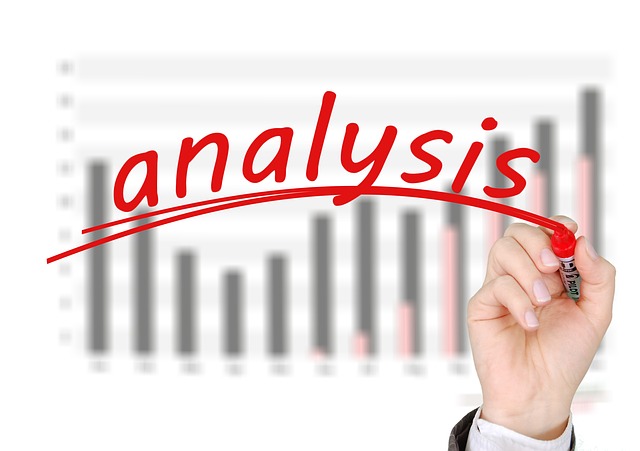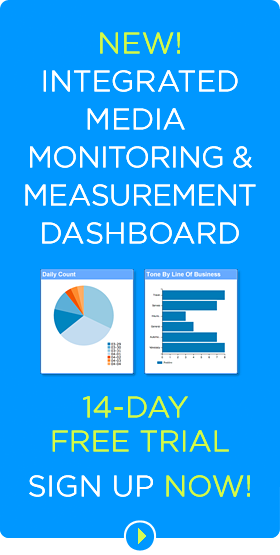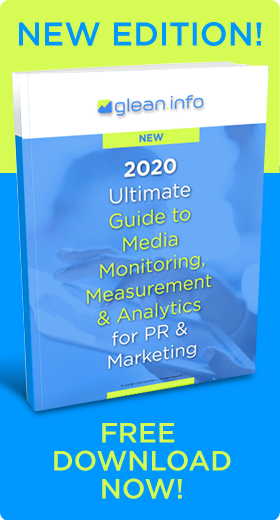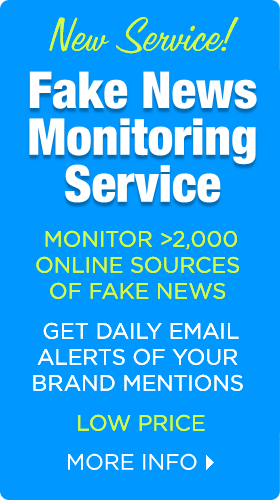 Social media analytics are a critical element of effective social marketing. Analytics provide organizations data and insights needed to plan strategies, measure performance, improve tactics, and link social media marketing to key business outcomes like sales and revenue.
Social media analytics are a critical element of effective social marketing. Analytics provide organizations data and insights needed to plan strategies, measure performance, improve tactics, and link social media marketing to key business outcomes like sales and revenue.
Unfortunately, many marketers have trouble getting their arms around analytics and using them effectively to improve marketing outcomes. Only 15 percent of marketers say they can quantify the value of their social media campaigns, according to a CMO survey.
The survey suggests that most marketers don’t have the measurement tools they need to guide their tactics. Many simply ignore analytics or use whatever tools they have on hand.
Priyanka Biswas, social media marketer and a software engineer at Yogi Times, explains why marketers need to pay more attention to their social media analytics.
Audience data and insights. Social analytics can help organizations understand their audiences and define their ideal customer persona based on demographics, interests and behaviors. That includes analysis of the audience’s behavior, including information about top influencers, engagement, and measurement of positive and negative feedback, and demographics such as age, gender and language.
Conversation analysis. Social media analytics allow marketers to perform what’s called conversation analysis – or to identify and understand conservations where your brand is mentioned. It can uncover relevant insight about the brand and product and answer questions such how many people engaged in a conversation about a topic related to your brand, if the conversation was positive or negative sentiment, and what commentators may be influential enough to spread the conversation. Even more importantly, the conversations (and complaints) can help identify problems with the products or customer service.
Competitive analysis. Social media analytics permits you to learn about competitors’ social media marketing strategies, which of their tactics are succeeding and falling short, and which tactics you might emulate or avoid.
How are you doing? Analytics shows how your audience is responding to your marketing campaigns and other activities. For instance, marketers can learn if their audience is viewing and sharing their posts, what types of posts, posting schedules and volumes, and other tactics are working best.
Business outcomes. Analytics tell brands how social media is contributing to key business metrics. Metrics include how much traffic social media is sending to your website, how much it’s helping build brand loyalty and customer lifetime value, and how much it’s contributing to sales and revenues.
Analytics Options for Mid-Size and Large Organizations
Major social media networks like Facebook, Twitter and Pinterest provide marketing professionals with data about audiences and to some extent interactions. However, most companies, other than the smallest organizations, are better served by a fee-based monitoring and analytics service. Subscription tools save time by automating searches across all media, collecting and storing the data, and sorting and analyzing the information.
The media monitoring and measurement services also integrate clip storage and management tools and advanced measurement tools for PR and marketing, providing greater insight into media results. Searching and managing the online database of clips provided by subscription services is much more time-efficient and less irritating than attempting to manage print-based clips or separate database files.
Bottom Line: Marketers need social media analytics to develop, implement and measure social media marketing efforts. Analytics reveal how social media campaigns are performing and contributing to overall business objectives. If companies are to understand the impact of social media, investment in monitoring and analytics is essential.
William J. Comcowich founded and served as CEO of CyberAlert LLC, the predecessor of Glean.info. He is currently serving as Interim CEO and member of the Board of Directors. Glean.info provides customized media monitoring, media measurement and analytics solutions across all types of traditional and social media.





Social media itself is a catch-all term for sites that may provide radically different social actions. Social media marketing refers to the process of gaining website traffic or attention through social media sites. It is the process of marketing through social media sites like Twitter, Facebook and YouTube.